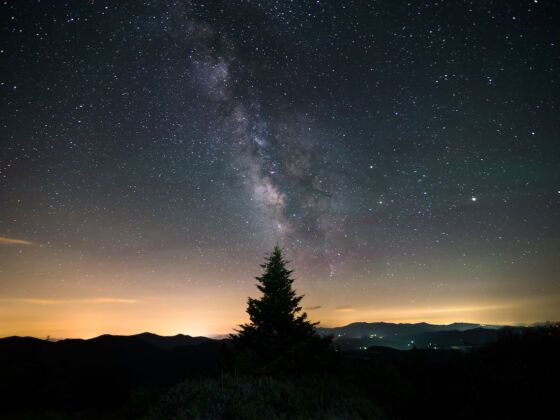Oh come on. You’re really gonna sit there and just focus on your life all day and not think about the universe at all?
Imagine if there were a bacterium in your fingernail who was smart enough to know a lot about the world — it had a pretty good sense of history, it had access to plenty of info about current events, and at night it could just turn its head upwards and look out at the world around it. But the bacterium decided instead to ignore all that almost all the time and instead obsess over whatever was going on in your fingernail.
We’d all be pretty unimpressed with that bacterium, wouldn’t we? And there you are, completely ignoring the fact that you live here…
…because you’re too busy putting on three different shirts because you can’t decide which one to wear, and people are getting drinks after work today so it’s important. Since I’ve been seriously dating astronomy ever since I was three, one of my missions is to remind you not to constantly ignore the universe. We’ll start by tackling an obvious topic: stars. Here are 4 things you should know.
